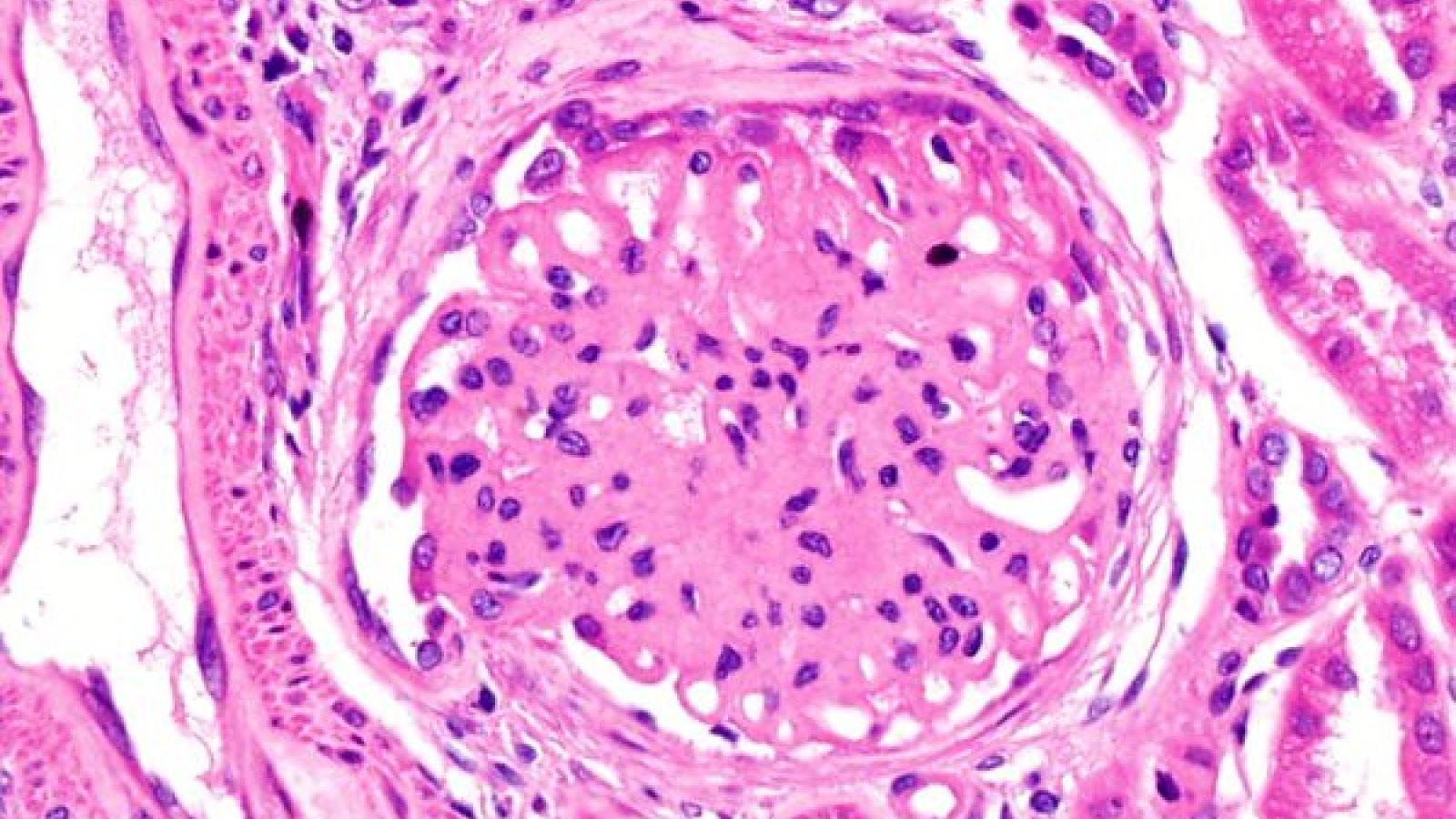Novel Rx
At a EULAR 2025 session titled “What makes ‘Difficult-to-treat RA’ so difficult to treat? And what can we do?”, Drs. Paula David and Dennis McGonagle introduced the emerging concept of polyrefractory rheumatoid arthritis (RA), a term now being used to describe a subset of patients who have failed to respond to five or more biologic or targeted synthetic DMARDs. This new classification, derived from recent multinational registry data,
It's easy to think that in our current world that we've done it all for rheumatoid arthritis, that there's nothing left to be done after b/tsDMARDs have become relatively widespread and accessible. If we aren’t satisfied that we’ve done all we can for our RA patients, how can we make their treatment and their lives better?
JAK inhibitors have taken a beating over the last three years. The excitement and potential has been tempered by mounting cardiovascular safety concerns, but specifically in at-risk patients, compared to TNF inhibitors. So it is an intriguing idea to pair JAK inhibitors with something that might have a cardioprotective effect. It is therefore worth excitement that we have a therapeutic option to follow which does just that. At EULAR 2025, we
During EULAR 2024, we learned about a novel mechanism of action therapy, nipocalimab in Sjogren’s disease (SjD). This is an anti-neonatal Fc receptor (FcRn) mAb that reduces circulating IgG, including autoantibodies, by selectively blocking the interaction of IgG with FcRn. A year on at EULAR 2025, data from Phase 2 RCT of efgartigimod, an FcRn-inhibitor were presented in autoantibodies positive, moderate to severe active SjD. In addition to SjD
Advances in the treatment of rheumatoid arthritis, particularly the treat-to-target strategy and the introduction of effective DMARDs, have improved the management of inflammation in RA. However, improved inflammatory markers do not always translate into a resolution of patients’ symptoms or improvements in functional capacity. A recent pooled analysis from the CareRA and CareRA2020 randomized controlled trials shed new light on this
Nerandomilast, an inhibitor of phosphodiesterase 4B, orally administered, is a new mechanism of action to treat lung fibrotic diseases. FIBRONEER-ILD, the Phase 3 RCT of Nerandomilast in patients with progressive pulmonary fibrosis, was published in NEJM last month.
Guidelines differ on the early treatment of RA – ACR suggests not to use glucocorticoids (GC) and EULAR updated recommendations for RA treatment presented at #EULAR2025 continued to suggest early treatment with MTX and glucocorticoids. We do know that it is not easy to get a significant minority of RA patients off of prednisone.
Saturday was the final day of EULAR, and included several lectures, but mostly late breaking abstracts and new EULAR guidelines - notably on Rheumatoid Arthritis and another on Interstitial Lung disease in connective tissue disorders. My favorite presentations included the following.
I asked the EULAR twitter sphere how they feel about combination of methotrexate (MTX) and leflunomide (LEF). The opinions are differing so far, with 50% reporting prescribing this combination often while 50% are worried of side effects. Several abstracts presented this year are providing further data to help us make up our minds in RA and PsA.
As earlier diagnosis and treatment of rheumatoid arthritis (RA) have resulted in greatly improved clinical outcomes, the focus of current research has now shifted to preventing the development of RA altogether. At EULAR 2025, several oral presentations explored this objective, highlighting data from three key prevention trials: APIPRA, ARIAA, and TREAT EARLIER. Each trial targeted individuals considered to be “at-risk” for developing RA,
At the 2025 EULAR congress in Barcelona, Prof Dimitrios Boumpas presented a summary of the updated EULAR recommendations on the management of lupus nephritis (LN). The most significant change in the treatment paradigm of LN is that the historic standard of care (SOC) (i.e. mycophenolate with glucocorticoids, GC) is now known to be inferior to several licensed combinations, as well as other unlicensed combination therapies.
At EULAR 2025, Dr. Laura Coates (Oxford) took the plenary stage to reframe how we think about treating psoriatic arthritis. The message was clear: in 2025, PsA treatment is no longer about following a linear algorithm; it’s about understanding the unique constellation of domains, comorbidities, and patient factors that shape each clinical decision.
Highlights from today included presentations on imaging in vasculitis, a debate on whether to treat high risk pre-clinical RA, and EULAR Recommendations on a) Treatment of interstitial lung disease (ILD); b) Physical Activity in people with arthritis; and c) EULAR disease activity score for antiphospholipid syndrome and d) the management of SLE nephritis. Below are a few others that caught my eye today.
At a EULAR 2025 session titled “What makes ‘Difficult-to-treat RA’ so difficult to treat? And what can we do?”, Drs. Paula David and Dennis McGonagle introduced the emerging concept of polyrefractory rheumatoid arthritis (RA), a term now being used to describe a subset of patients who have failed to respond to five or more biologic or targeted synthetic DMARDs. This new classification, derived from recent multinational registry data,
IL-17 inhibitors are an effective therapeutic for a broad spectrum of inflammatory and autoimmune diseases and its blockade has revolutionized management of diseases such as psoriasis, psoriatic arthritis and SpA. Is there a need for more medications within the same therapeutic class?





















 Poster Hall
Poster Hall